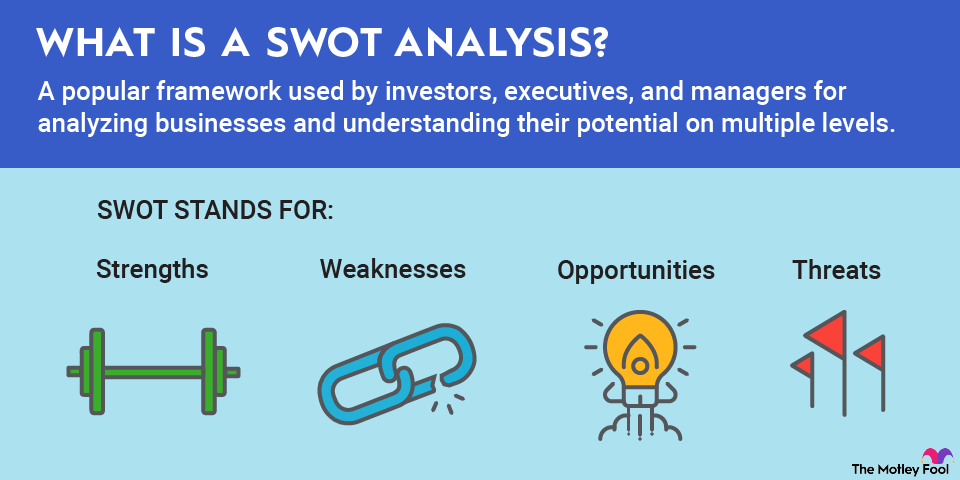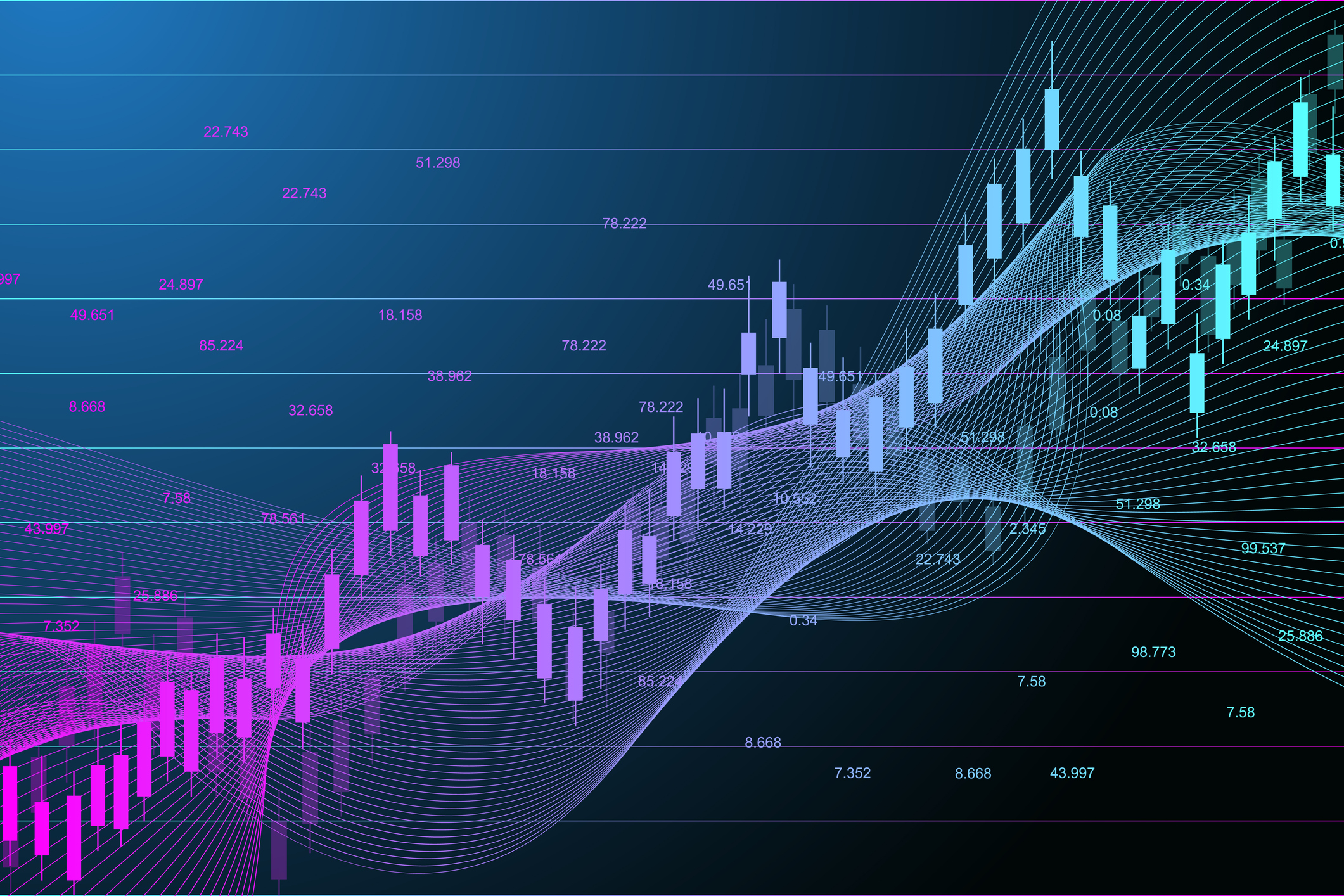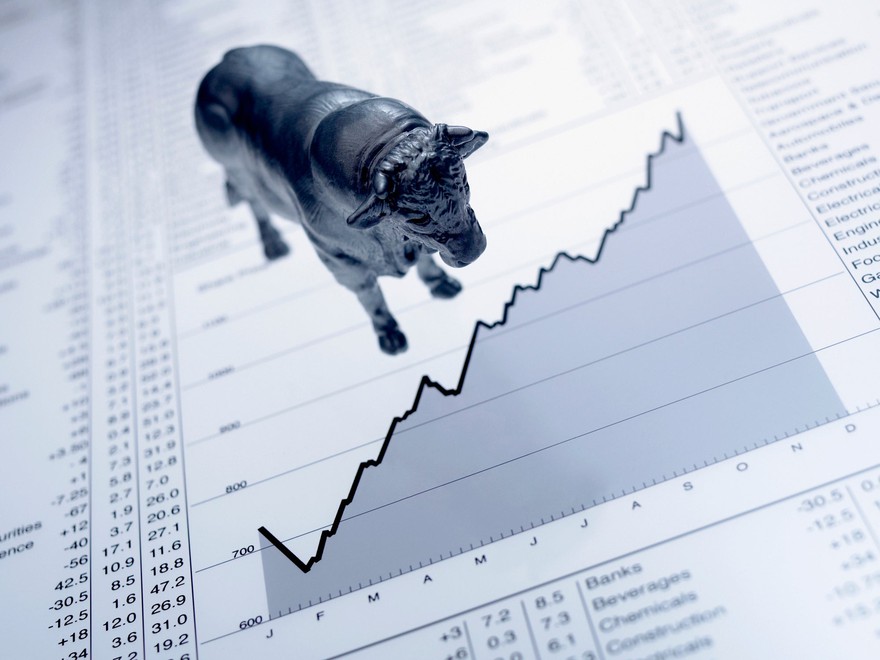Short-term debt refers to financial obligations, or current liabilities, that are due for repayment within a short period, typically one year or less. These debts are often used to finance immediate needs or operational costs, providing a short-term solution for funding.
Though short-term debt is not inherently bad, it can present risks if not managed carefully. Short-term debt poses several risks for companies, including higher interest rates, frequent repayment demands, and potential overreliance on debt. These risks can impact a company's profitability, liquidity, and overall financial stability if not managed correctly.

What is short-term debt?
Short-term debt for a company is its financial obligations due within one year. It includes bank loans, accounts payable, and the current portion of long-term debt. Short-term debt is also a crucial indicator of a company's short-term liquidity, meaning its ability to meet immediate financial obligations.
These debts are often used to cover current expenses, working capital, or other short-term financing needs. A healthy balance between current assets (like cash) and short-term liabilities (like short-term debt) signals a company's ability to meet its immediate obligations, which can boost investor confidence.
Managing this debt effectively is crucial for maintaining a strong credit rating, which can be essential for accessing future financing. If a company's short-term liabilities significantly exceed its current assets, it may raise concerns about its financial stability and ability to repay its debts.
Types of short-term debt
Short-term debt encompasses a range of financial obligations due within one year. Examples can include:
- Short-term bank loans: Loans from banks with repayment schedules of one year or less.
- Commercial paper: Unsecured, short-term debt instruments issued by corporations to finance short-term needs.
- Invoice financing: A loan secured by an unpaid invoice that provides short-term funding.
- Bridge loans: Short-term loans to bridge a gap until longer-term financing is secured.
- Bank overdrafts: A facility allowing withdrawals exceeding the account balance, up to a limit.
- Accounts payable: Obligations to vendors for goods or services received but not yet paid.
- Salaries and wages: Amounts owed to employees for their work.
- Lease payments: Payments due under a lease agreement.
- Accrued expenses: Expenses incurred but not yet paid, like utilities or rent.
- Deferred revenues: Amounts received for future goods or services, creating a short-term liability.
- Dividends payable: Dividends declared to shareholders but not yet paid.
- Accrued taxes: Tax obligations due within the next year.
- Trade credit: Credit terms offered by suppliers, where payment is due within a specific period
The most common types of short-term debt for public companies include short-term bank loans, accounts payable, commercial paper, and accrued expenses like wages and salaries. Short-term debt is a normal cost associated with doing business for many private and publicly traded companies. However, it is important to be aware of the potential risks involved if an organization is not managing its capital effectively.
Short-term debt often comes with higher interest rates compared to long-term debt, increasing the total cost of borrowing. This can strain profit margins, especially for businesses with limited cash flow. Short-term debt requires frequent repayments, which can strain cash flow if revenues don't align with repayment schedules. Over-relying on short-term debt for ongoing expenses can lead to financial instability, especially if a company struggles to meet its debt obligations.
Short-term debt can increase liquidity risk since companies need to have sufficient cash on hand to meet their obligations when they are due. Funding liquidity risk refers to the difficulty a company may face in obtaining the necessary funds to meet its short-term obligations, potentially due to financial turbulence or a lack of creditworthiness. If a company cannot meet its short-term debt obligations, it could face financial distress, including potential default and even bankruptcy.
Where is short-term debt reported?
Short-term debt, also known as current liabilities, is reported on a company's balance sheet under the current liabilities section. This section includes all financial obligations due within one year. The balance sheet is a snapshot of a company's assets, liabilities, and equity at a specific point in time. Current liabilities lists all obligations that are due within a year, including short-term debt.
Examples include accounts payable (money owed to suppliers), short-term bank loans, wages payable, and accrued expenses. The ratio of a company’s current assets to current liabilities is often used to assess a company's ability to meet its short-term obligations.
Why short-term debt matters to investors
Short-term debt matters to investors in stocks because it can indicate a company's financial health and ability to meet its obligations. A company with a high proportion of short-term debt may face difficulties if it cannot quickly renew or repay that debt, potentially leading to a cash crunch or even default. This can affect the company's stock price and investor confidence.
The debt-to-equity (D/E) ratio compares a company's total debt to its shareholder equity. A high D/E ratio, especially if it includes a significant amount of short-term debt, can be a red flag for investors. A company with a high D/E ratio may be more vulnerable to economic downturns or other challenges, potentially impacting its stock price.
Investors may discount the stock price of a company with a high reliance on short-term debt, reflecting the added risk and uncertainty. Short-term debt can also affect a company's cost of capital, which is used in stock valuation models. Higher interest rates on short-term debt can increase the company's cost of capital, potentially lowering its stock valuation.
Related investing topics
The bottom line on short-term debt
In summary, short-term debt is a key factor for investors to consider when evaluating a company's financial health and potential risk. A high proportion of short-term debt can signal financial instability and vulnerability, which can affect the company's stock price and investor confidence.
A company that is managing short-term debt well maintains a healthy current ratio of current assets to its current liabilities, indicating whether it has enough liquid assets to cover its near-term obligations. A healthy cash flow statement demonstrates the company's ability to generate cash and manage its obligations.



















